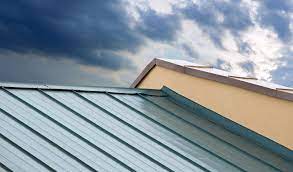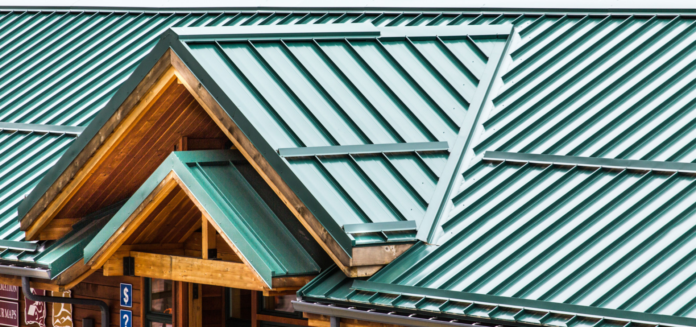In the realm of architecture, the roof is not merely a protective covering; it’s a canvas for creativity, a statement of style, and a reflection of technological advancements. Modern roof design trends have evolved significantly, blending functionality with aesthetics to create breathtaking structures that redefine the skyline. From eco-friendly designs to futuristic concepts, the possibilities seem limitless. Let’s explore some of the most intriguing trends shaping the contemporary architecture scene. Discover the latest Modern Roof Design Trends, including innovative roofing materials, to enhance your home’s aesthetic and durability.
Contents
Sustainable Roofing Solutions
With the increasing focus on sustainability, architects are embracing eco-friendly roofing materials and designs. Green roofs, adorned with vegetation, not only provide insulation but also absorb rainwater, reduce urban heat island effect, and enhance biodiversity. Solar panels integrated into roofs are another sustainable solution, harnessing clean energy while seamlessly blending into the architectural aesthetics.

Rooftop Gardens and Terraces
Rooftop gardens and terraces are transforming urban landscapes, offering serene retreats amidst the concrete jungle. These green spaces not only provide recreational areas for building occupants but also contribute to air purification and stormwater management. Incorporating lush vegetation and seating areas, rooftop gardens serve as communal hubs, fostering social interaction and well-being.
Futuristic Roof Designs
Inspired by science fiction and cutting-edge technology, futuristic roof designs push the boundaries of imagination. From undulating forms resembling waves to geometric structures reminiscent of origami, these avant-garde roofs challenge traditional notions of architectural aesthetics. Materials like carbon fiber and ETFE (ethylene tetrafluoroethylene) enable architects to create lightweight, translucent roofs that evoke a sense of wonder.
Adaptive Roofing Systems
In response to climate change and dynamic environmental conditions, architects are designing adaptive roofing systems that can adjust to varying weather patterns. This includes retractable roofs that can open or close based on temperature, humidity, or sunlight levels. Such flexibility not only enhances comfort for building occupants but also optimizes energy efficiency by maximizing natural light and ventilation.
Smart Roofing Technology
In the era of smart buildings, roofs are becoming intelligent components equipped with sensors, actuators, and automated controls. Smart roofing technology monitors environmental parameters, detects leaks or damage, and adjusts insulation levels for optimal energy performance. Moreover, integrated IoT (Internet of Things) systems enable remote monitoring and management, enhancing maintenance efficiency and longevity of roofing systems.
Cultural Influences in Roof Design
Roof design often reflects cultural heritage, traditions, and local aesthetics. Architects are incorporating elements inspired by indigenous architecture, historical landmarks, and regional symbolism into modern roof designs. Whether it’s the sweeping curves of Arabian domes or the intricate patterns of Chinese pavilions, these cultural influences add depth and richness to contemporary architectural expressions.
Modular and Prefabricated Roofing Solutions
In pursuit of cost-efficiency and rapid construction, modular and prefabricated roofing solutions are gaining popularity. Prefabricated roof panels, manufactured off-site and assembled on-location, streamline the building process while ensuring quality control. Modular roof systems offer versatility and customization options, allowing architects to create unique designs tailored to specific project requirements.
Adaptive Reuse of Roof Spaces
As urban space becomes increasingly scarce, architects are reimagining existing rooftops for new purposes. Adaptive reuse projects transform obsolete structures like warehouses, factories, and parking garages into vibrant hubs for living, working, and leisure. Rooftop extensions, mezzanines, and penthouses breathe new life into neglected spaces, revitalizing urban landscapes while preserving architectural heritage.
Conclusion
In the realm of modern architecture, the sky is the limit when it comes to roof design innovation. From sustainable solutions to futuristic concepts, each trend represents a unique fusion of creativity, functionality, and environmental consciousness. As architects continue to push the boundaries of possibility, we can expect to see even more awe-inspiring rooftops that redefine the urban skyline and inspire generations to come. So, next time you gaze up at the cityscape, take a moment to appreciate the skybound creativity that shapes our built environment.



